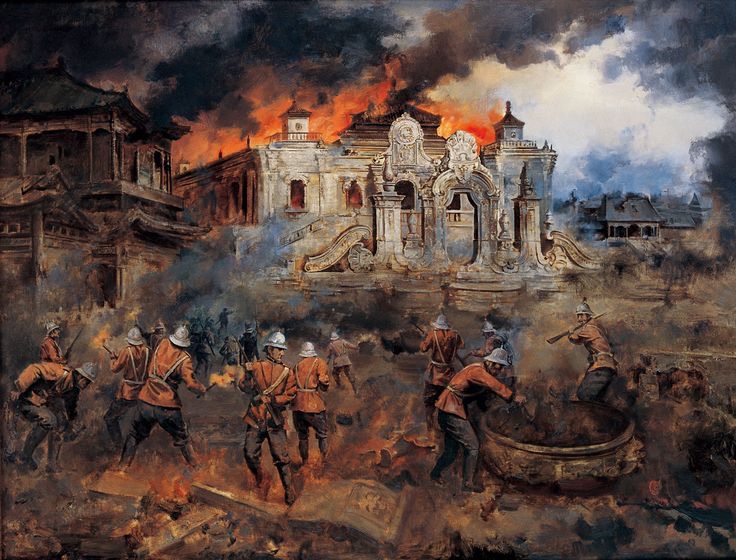History

Burning of Summer Palace Yuanmingyuan
“All the treasures of all our cathedrals put together could not equal this formidable and splendid museum of the Orient.” (Hugo)
During the Qing Dynasty, the Old Summer Palace stood as a beacon of cultural richness, boasting the title of the world's largest museum. However, the tragic events of 1900 witnessed its complete destruction by fire, marking a significant loss to humanity's cultural heritage. Across two devastating plunderings, the Old Summer Palace saw the disappearance of nearly 1.5 million invaluable artifacts. Despite subsequent efforts by various nations to repatriate some of these treasures, many remain lost to history. These artifacts have undergone a tumultuous journey, transitioning from war spoils to coveted auction items and eventually finding their place as sought-after collectibles.
In light of this historical backdrop, we find ourselves at a pivotal moment ripe with opportunity. It serves as an imperative starting point for individuals to delve into the origins and essence of these cultural artifacts. As we embark on the crucial task of digitizing and advocating for open access to our shared cultural heritage, we must confront the complexities of our past. Only through a concerted effort to acknowledge and understand history can we truly appreciate the significance of these artifacts and ensure their enduring legacy for future generations.
在清代,圆明园是一座文化丰富的灯塔,拥有世界上最大的博物馆的称号。 然而,1900年的悲惨事件使它被大火彻底摧毁,标志着人类文化遗产的重大损失。 在两次毁灭性的劫掠中,圆明园近150万件珍贵文物消失。 尽管各国随后努力归还其中一些宝藏,但许多宝藏仍然消失在历史之中。 这些文物经历了一段动荡的旅程,从战利品转变为令人垂涎的拍卖品,并最终成为抢手的收藏品。
在这一历史背景下,我们发现自己正处于一个充满机遇的关键时刻。 它是人们深入研究这些文化艺术品的起源和本质的必要起点。 当我们着手数字化和倡导开放获取我们共同文化遗产的重要任务时,我们必须面对过去的复杂性。 只有通过齐心协力承认和理解历史,我们才能真正理解这些文物的意义,并确保它们为子孙后代留下永恒的遗产。
Looking back at the past to understand the present night.
往古者所以知今夜。